Alpine A290 will arrive in two power levels
The Alpine will roll off the production line together with the Renault 5 at the Douai plant in northern France, as both models share the AmpR Small platform. For example, the wheelbase is the same at just over 2.50 metres, but the A290 is slightly wider and longer than the Renault 5 due to the spoilers. At 3.99 metres, however, the Alpine version also remains under the four-metre mark.
Unlike the Renault model, Alpine will not offer the cheaper basic battery with 40 kWh energy content – the version with 52 kWh is always installed in the underbody. Alpine has given a provisional range of around 380 kilometres for the A290, although WLTP homologation has not yet been finalised. This means that the sports model will cover around 20 kilometres less than the Renault 5 in the standard cycle. The battery can be charged ex works with up to 100 kW, and it should take 30 minutes to charge from 15 to 80 per cent. The V2L and V2G functionality of the 11 kW = onboard charger has also been announced for the A290 – although this is not initially available for the Renault 5 in Germany.
In terms of drive, the sporty Alpine offshoot outperforms its more civilian Renault counterpart (maximum 110 kW). Alpine offers two power levels that are linked to the equipment variants: The GT and GT Premium versions deliver 130 kW, while the GT Performance and GTS versions power the A290 with 160 kW. Regardless of the power output, the maximum torque of the electric motor is 300 Nm. In order to bring this to the road in a controlled manner in the front-wheel drive model, the engineers have developed the so-called ‘Alpine Torque Precontrol’, which the manufacturer describes as “sophisticated torque management”.
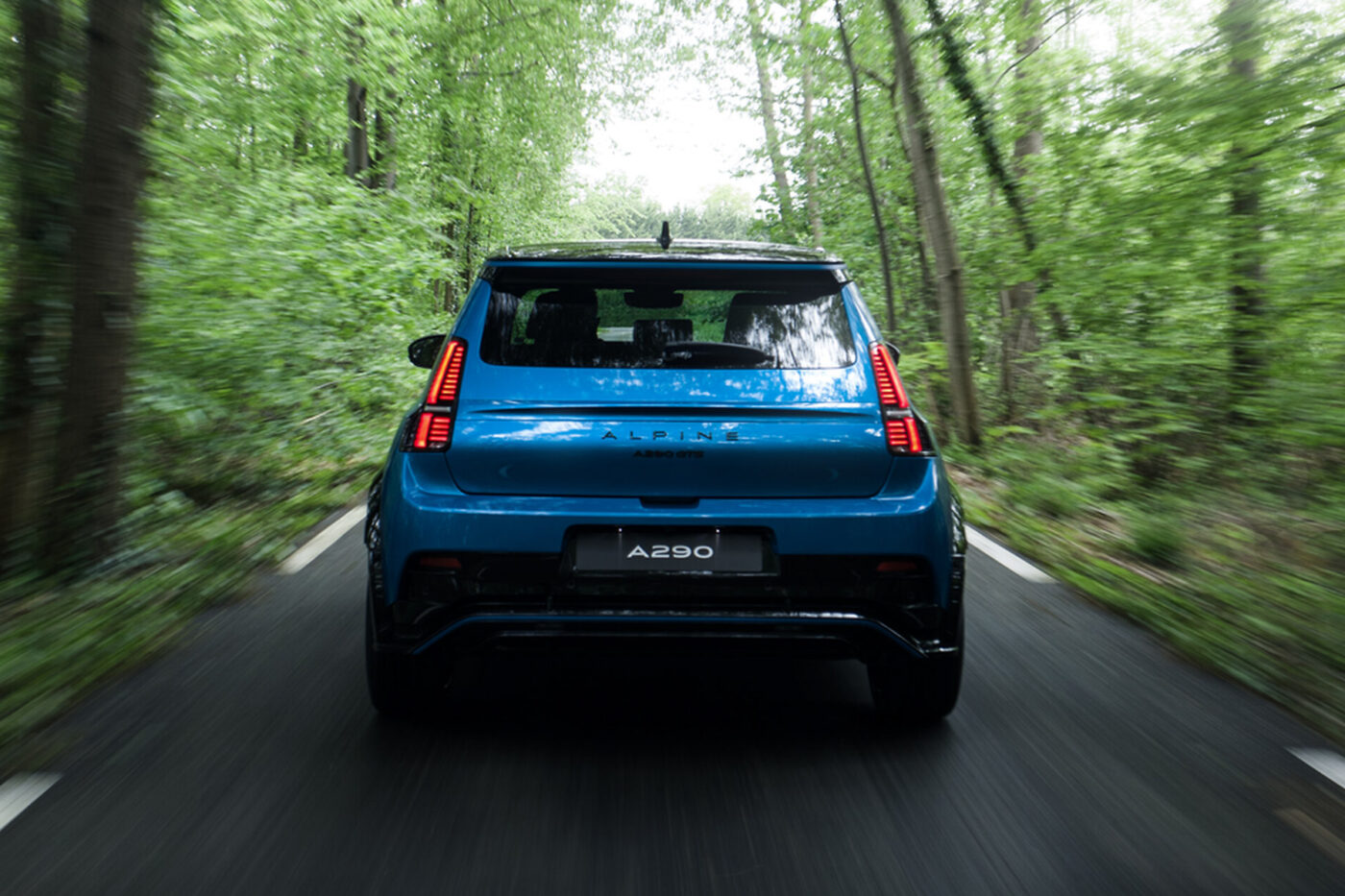
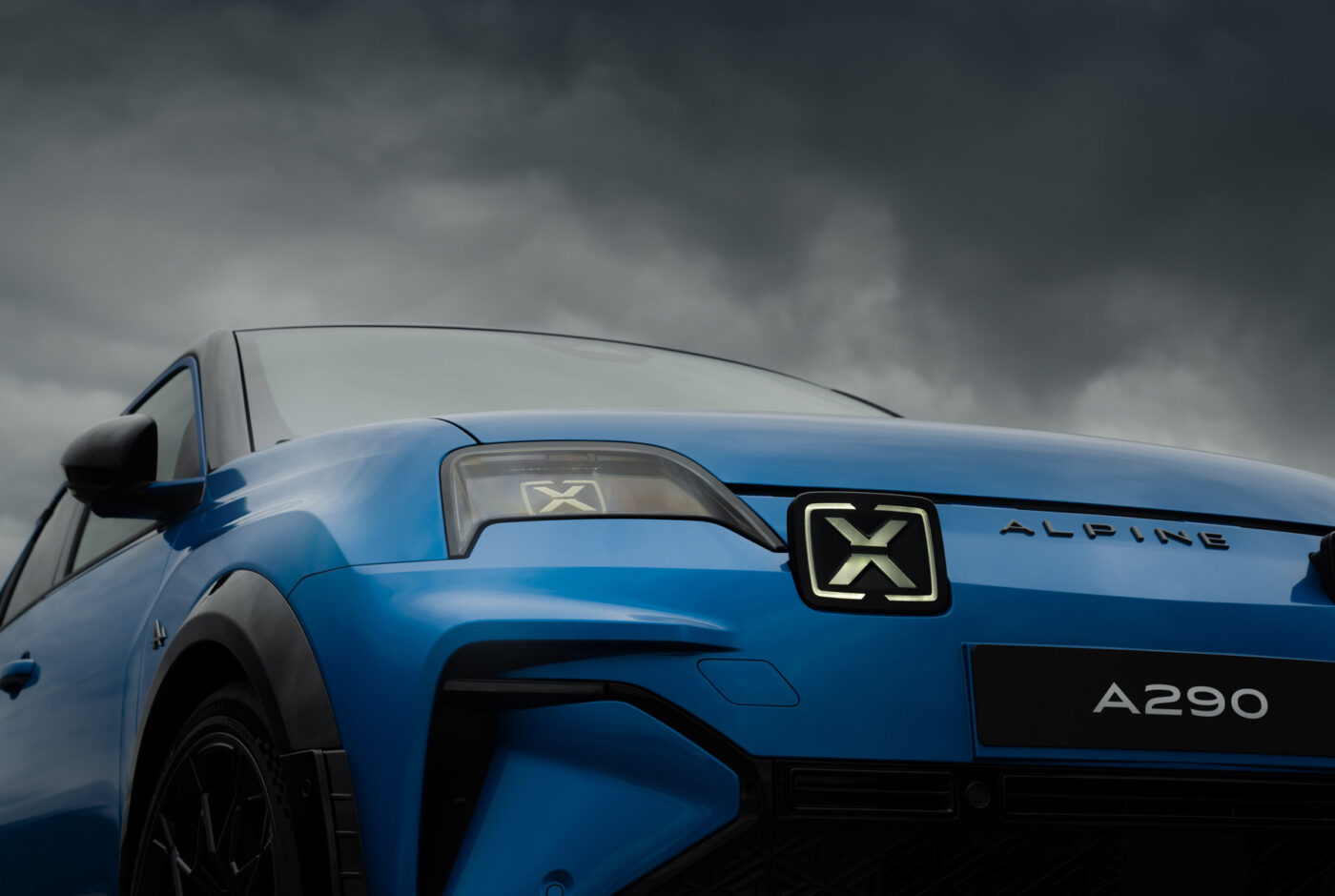
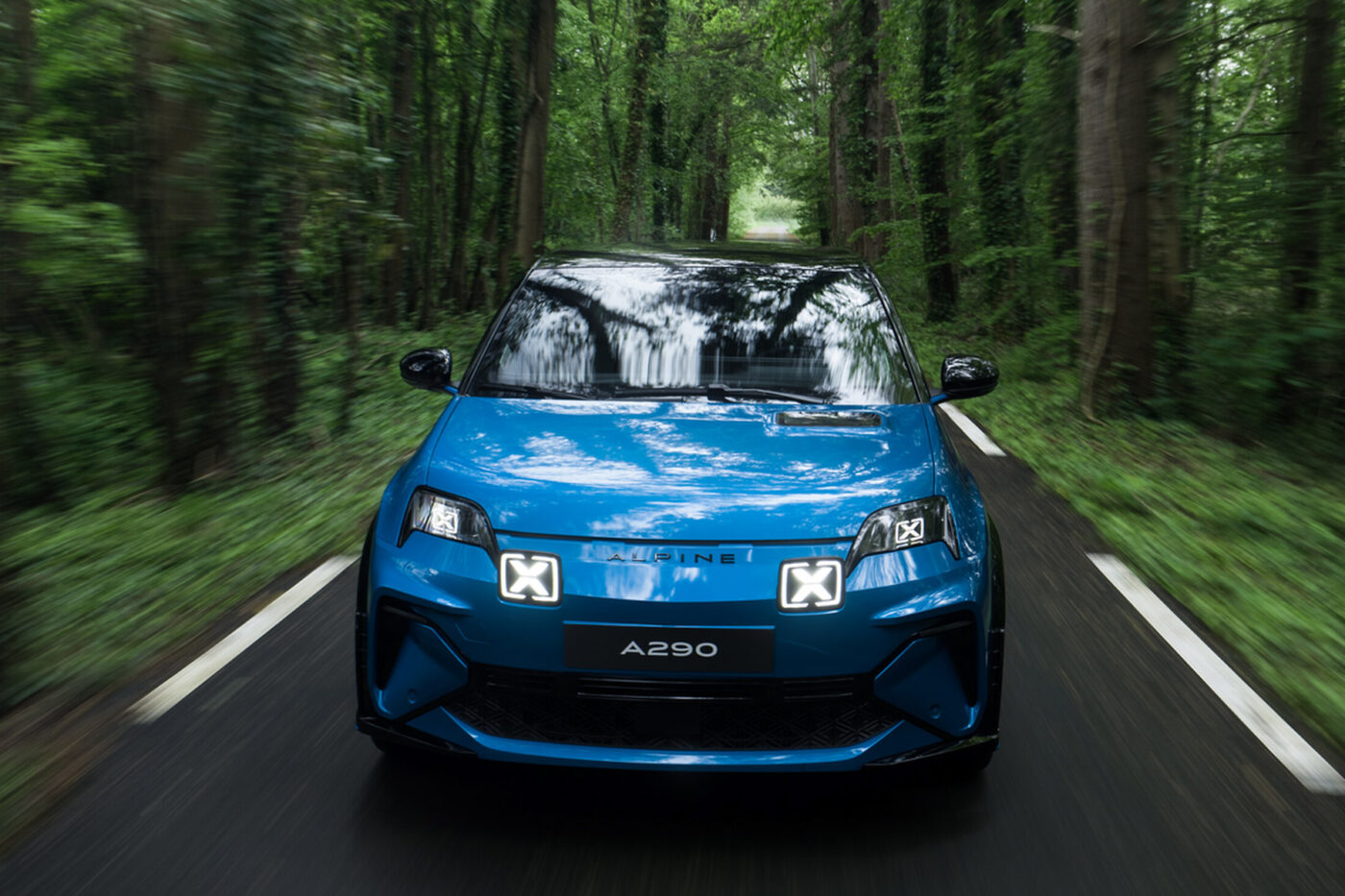
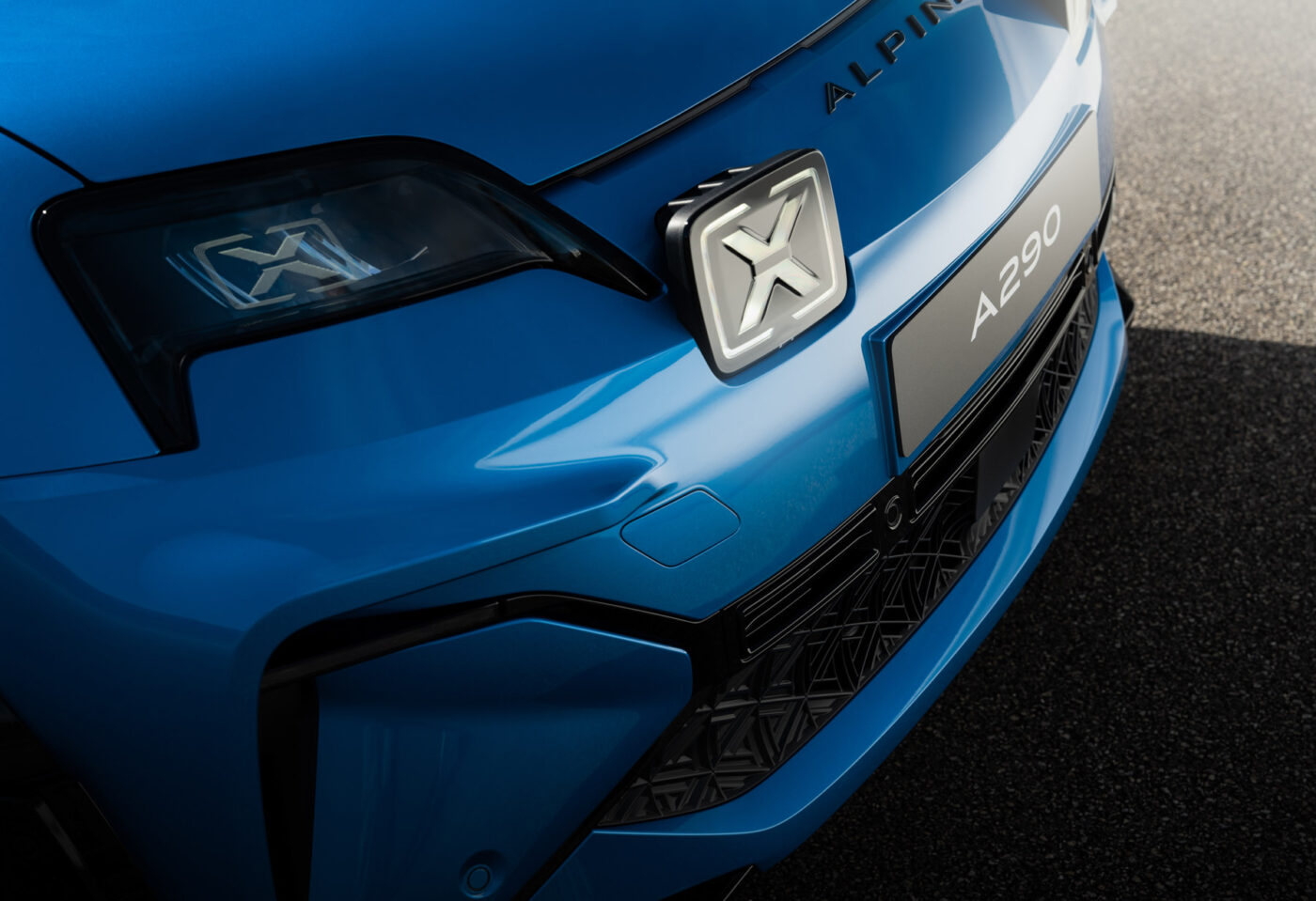
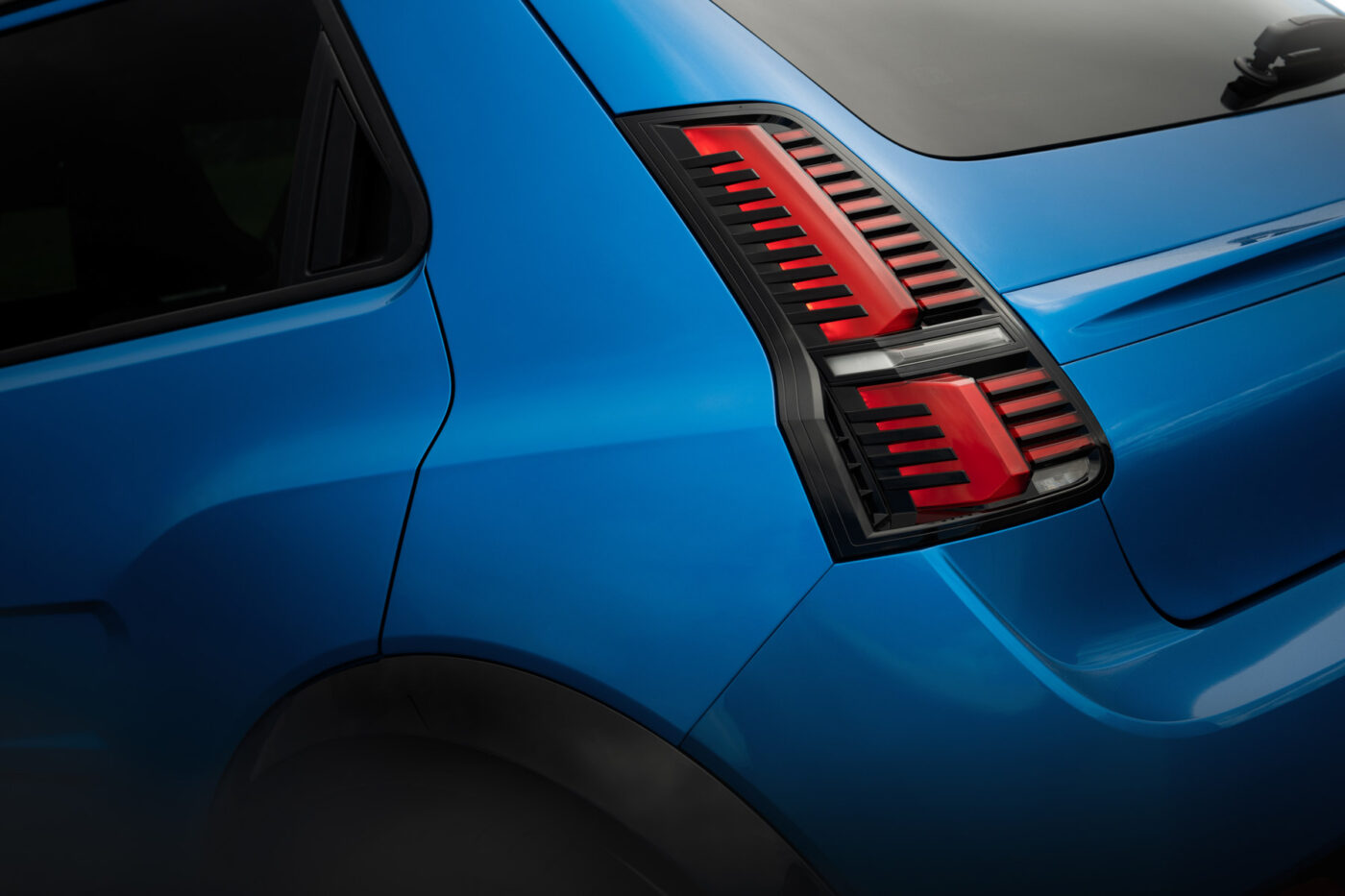
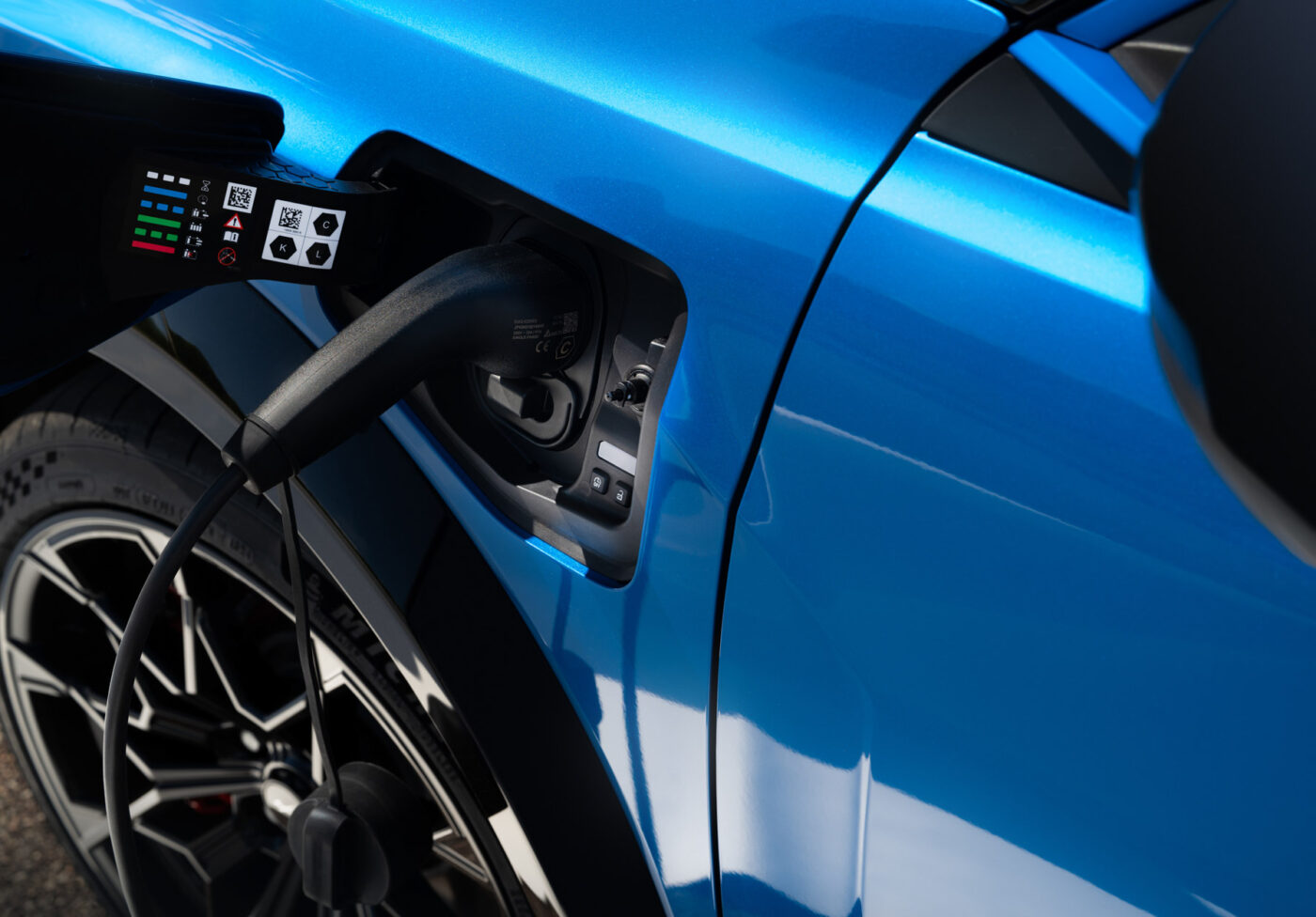
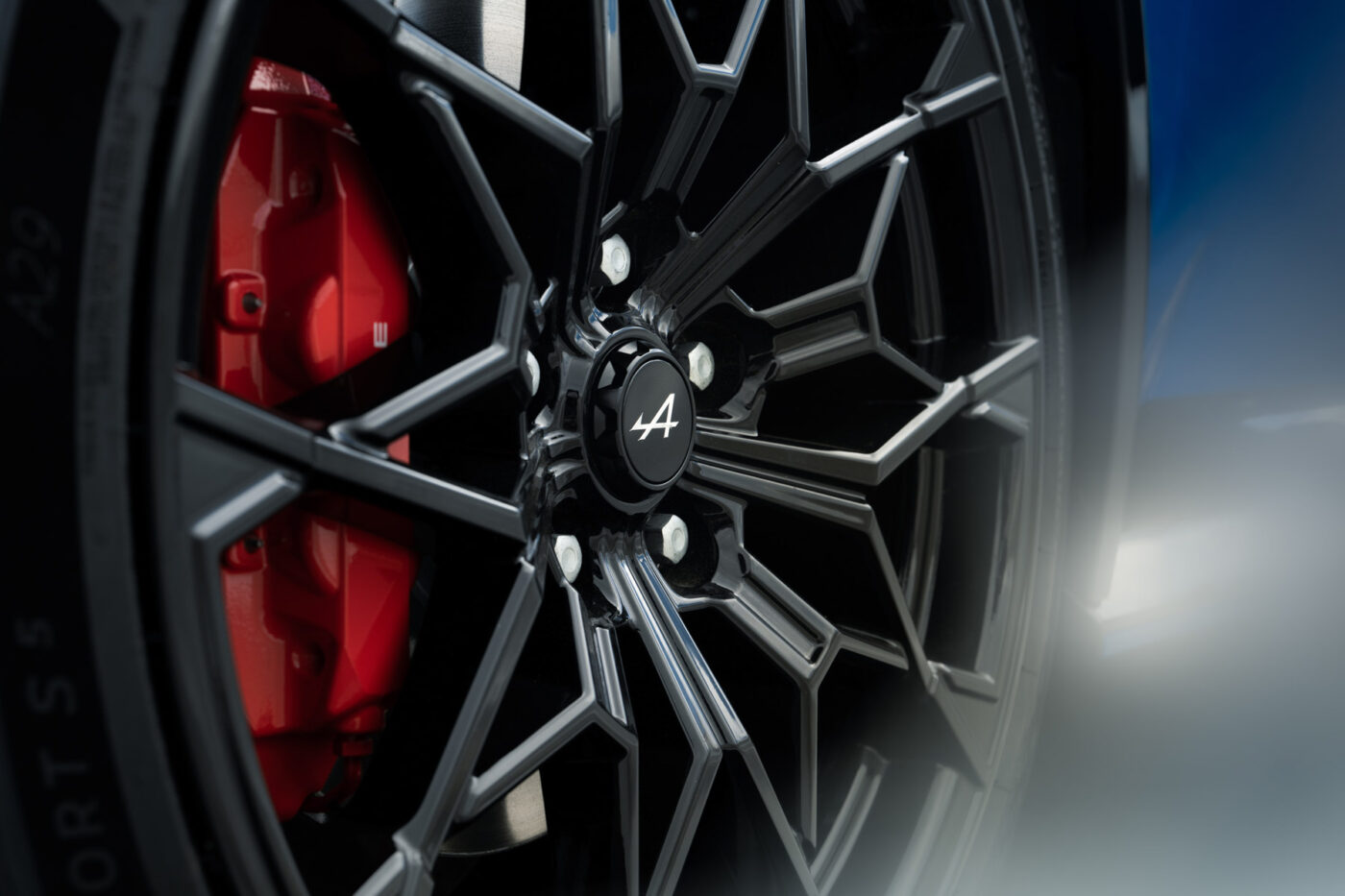
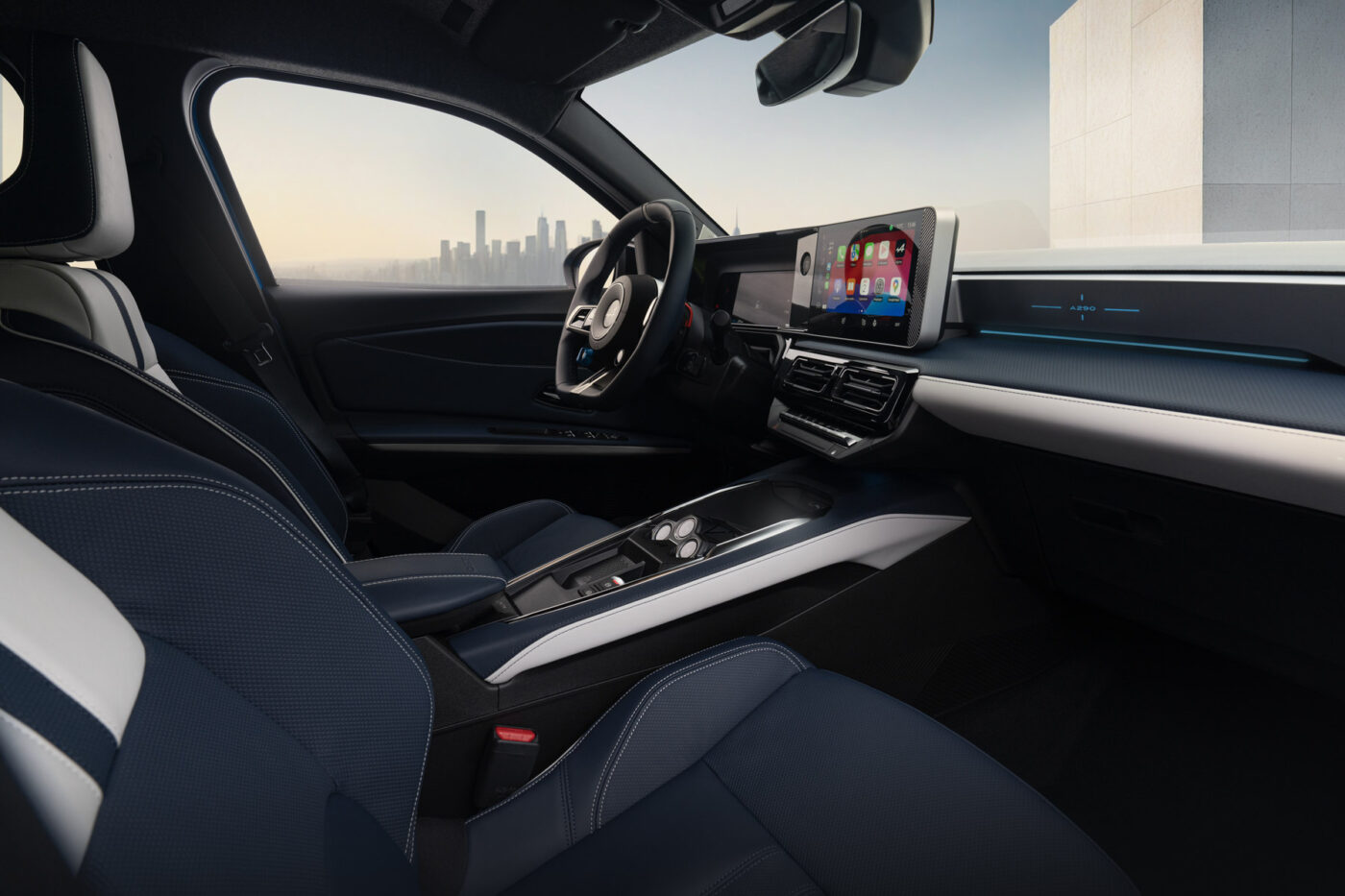
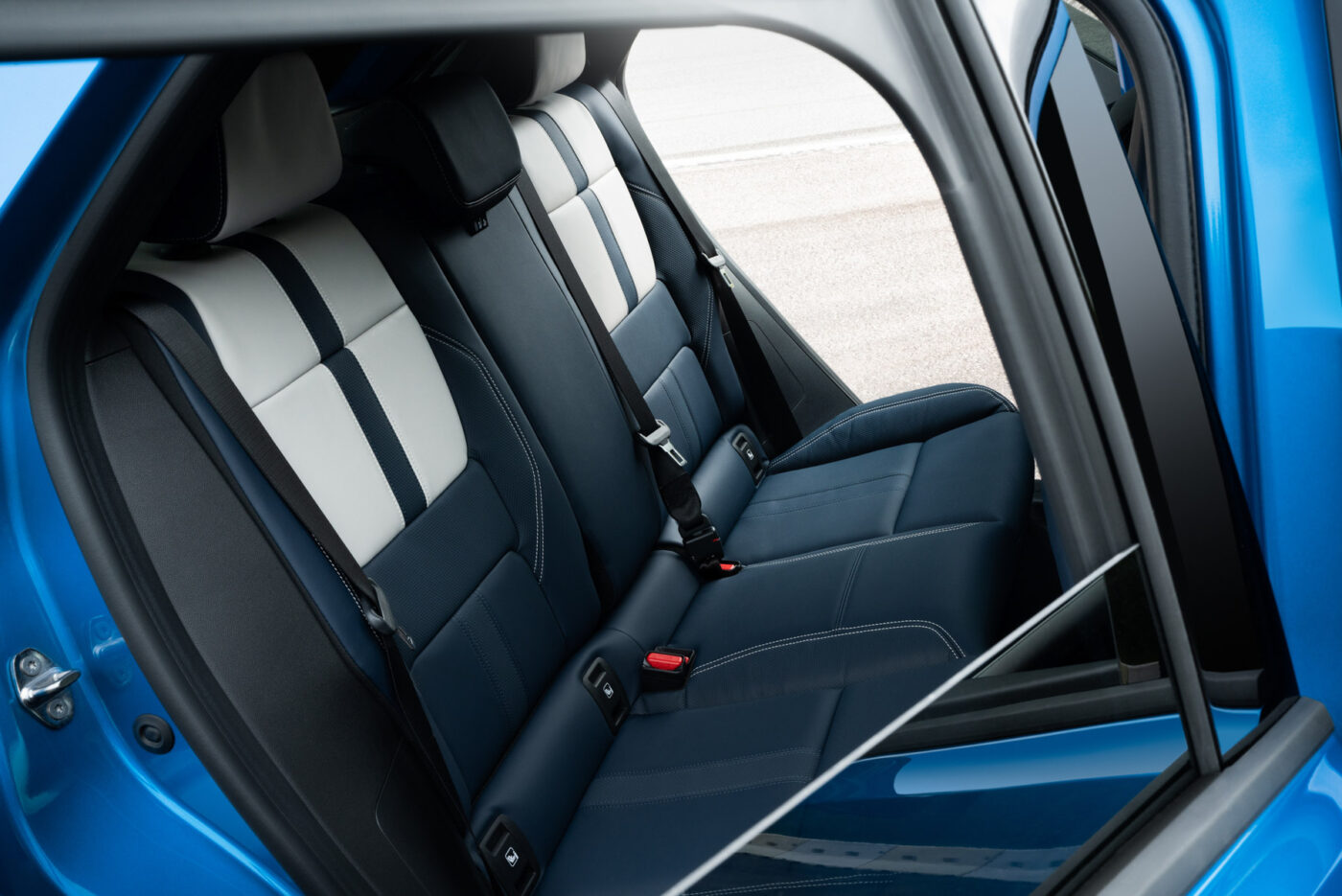
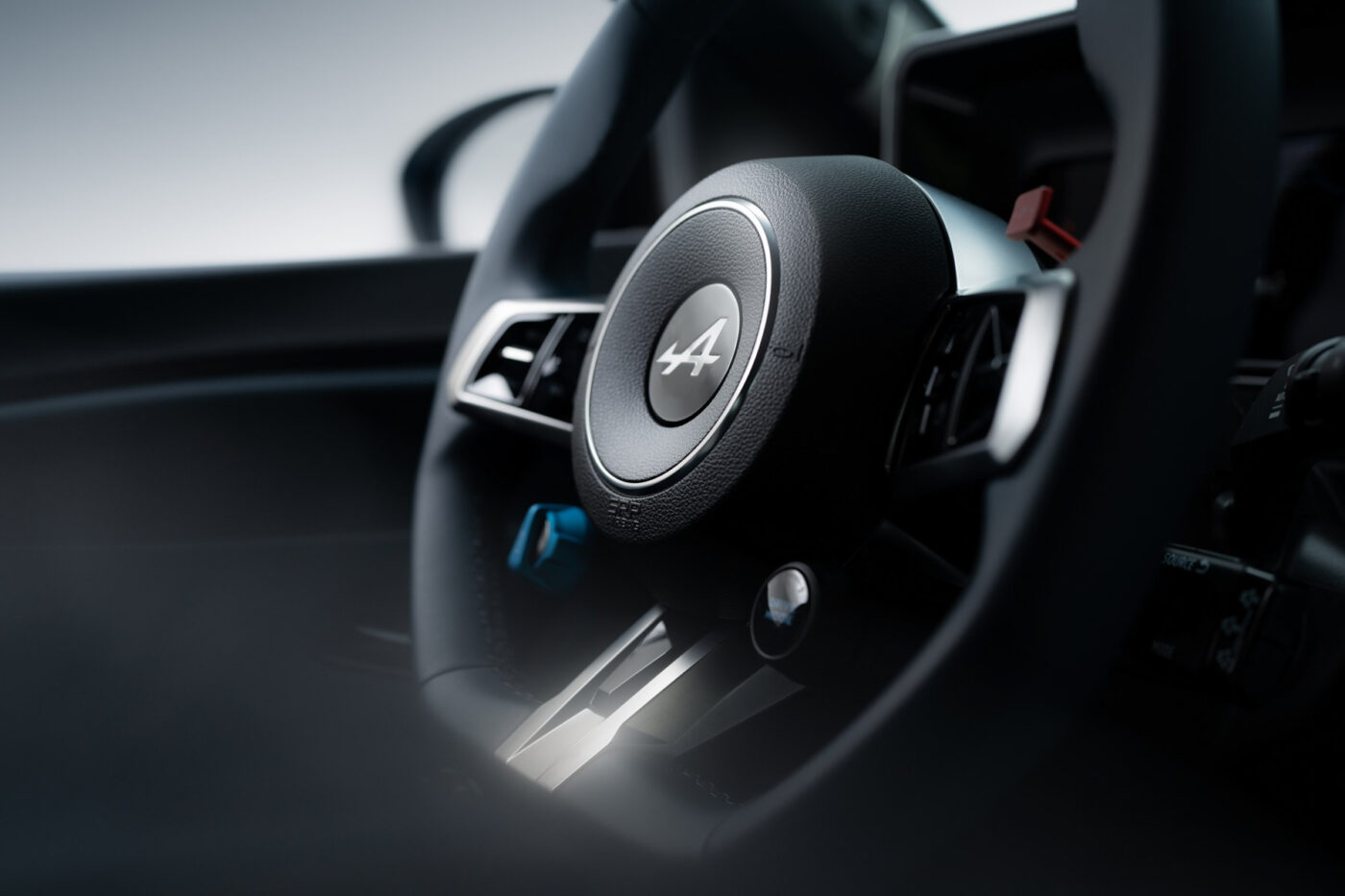
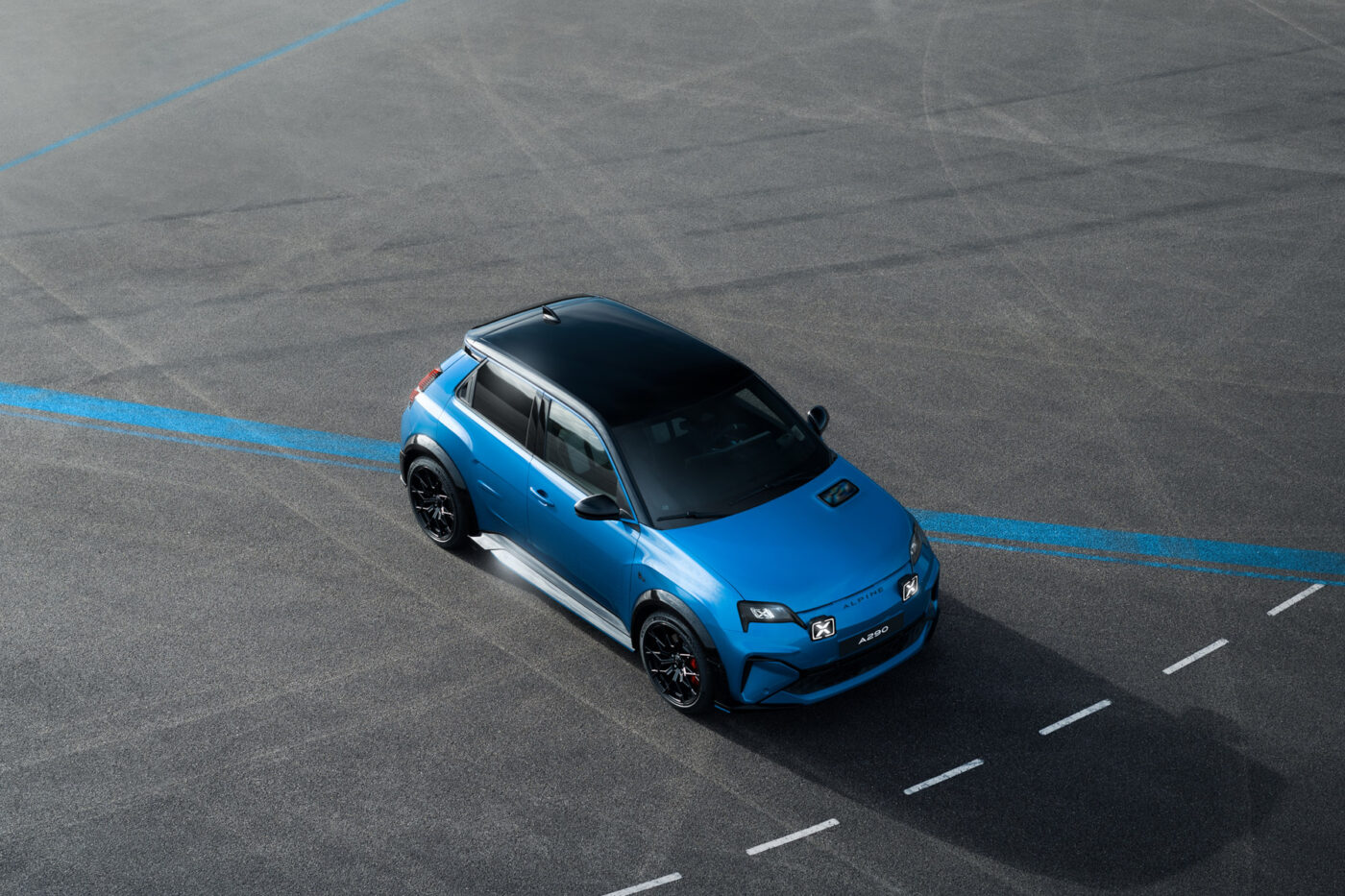
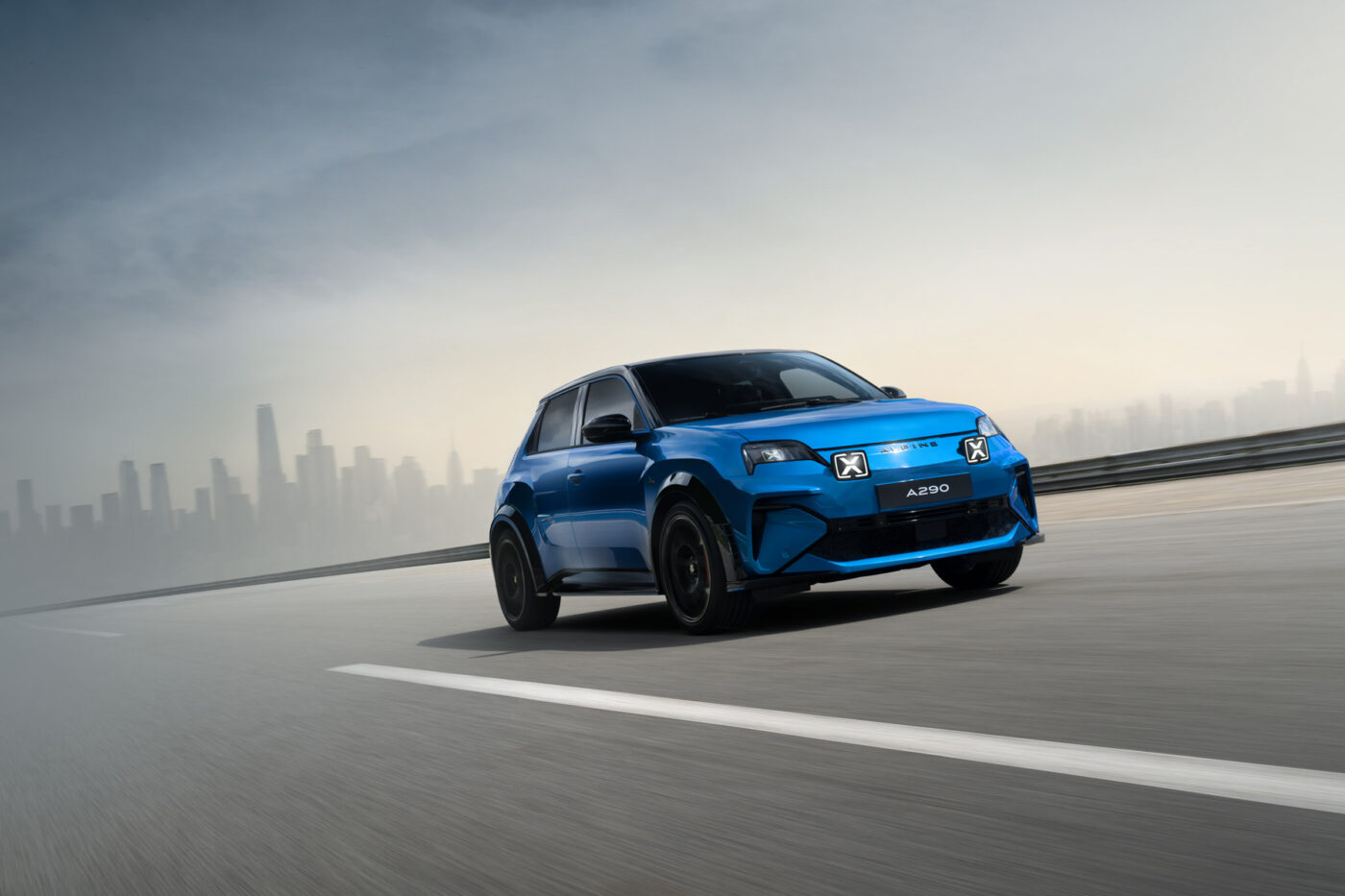
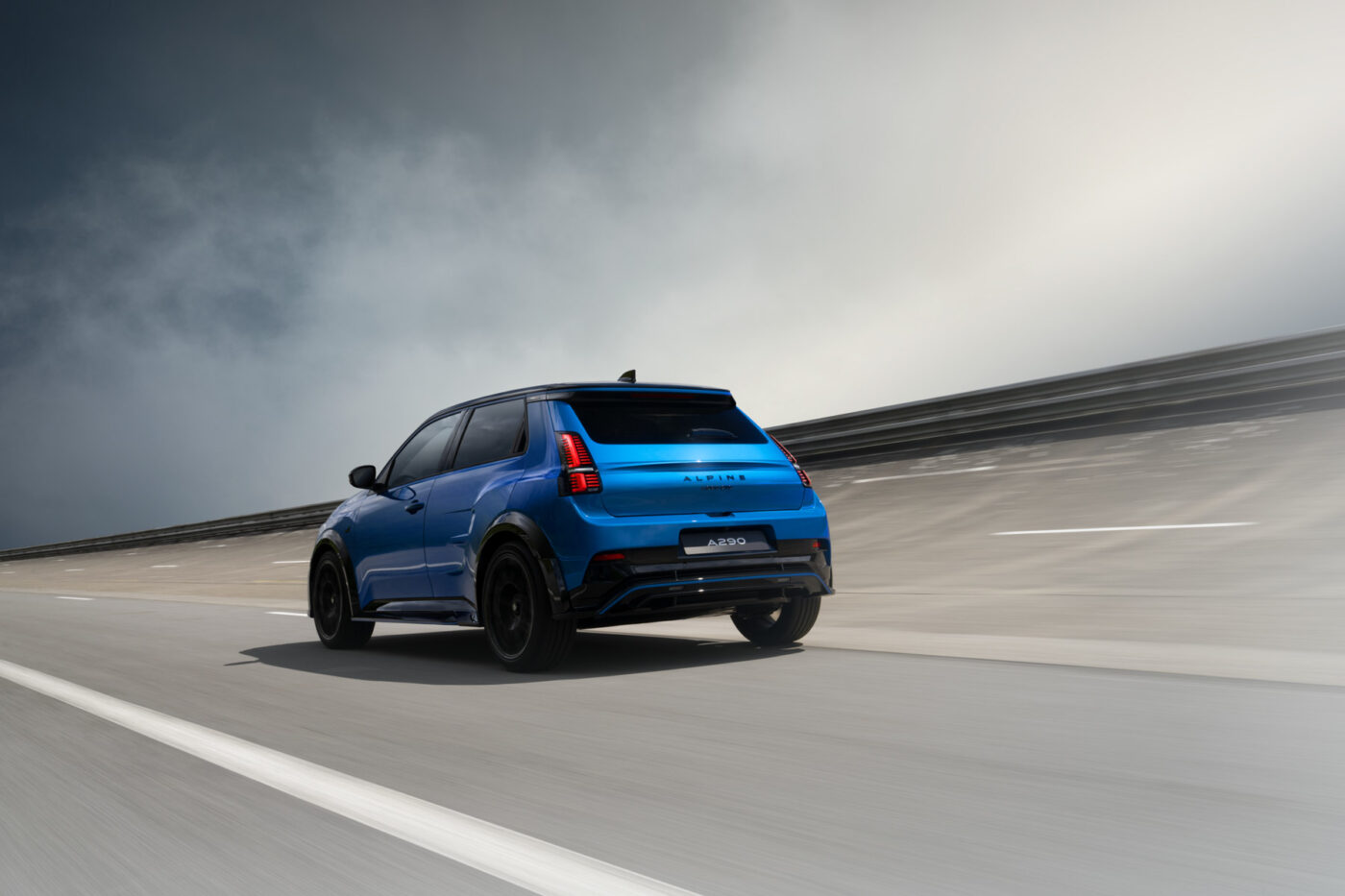
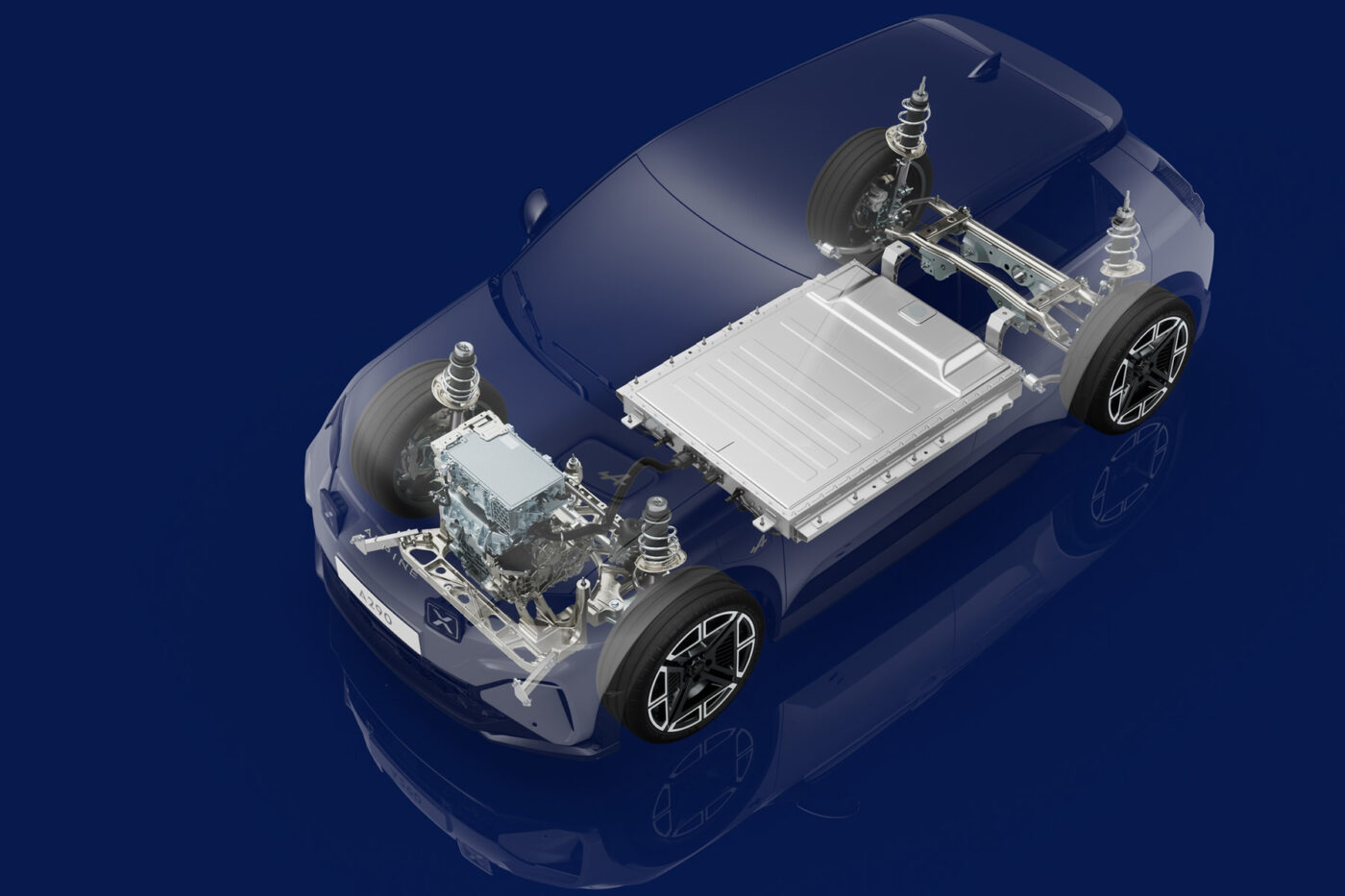
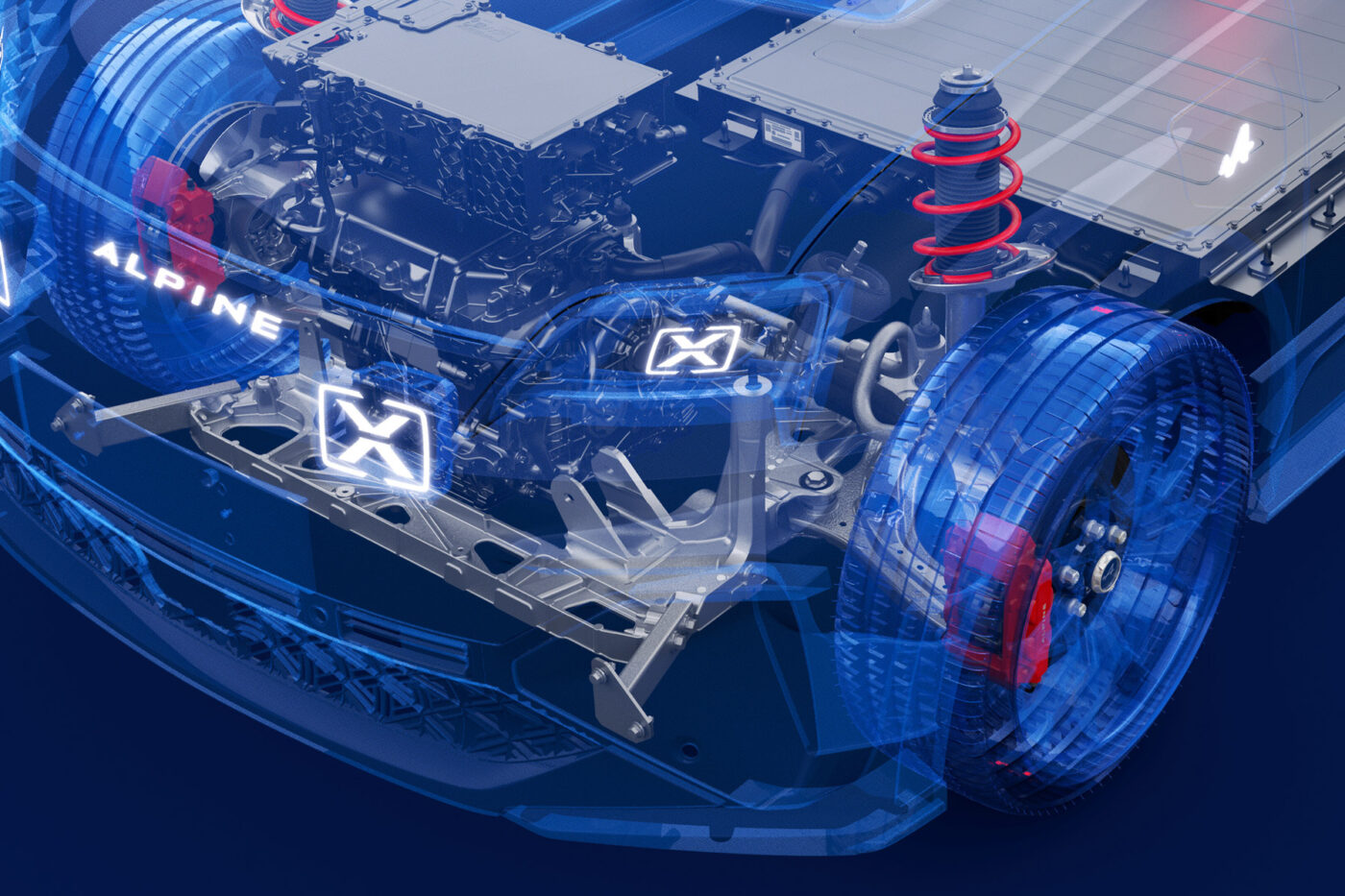
The French company emphasised that the power can be called up repeatedly – even if the battery charge level drops. In the two higher versions with 160 kW, the car accelerates from a standstill to 100 kph in 6.4 seconds.
Inspired by motorsport, the A290 was presented on the sidelines of the 24-hour race in Le Mans, where Alpine is once again competing in the top category with a hybrid racing car this year – there are also two buttons on the steering wheel: there is a red overtaking button that can be used to call up maximum power for ten seconds – for overtaking manoeuvres, for example. The amount of energy recuperation can be set in four stages on the steering wheel using a button labelled RCH (for Recharge). In level 0, there is no recuperative braking. Level 1 corresponds to engine braking as in the A110, and levels 2 and 3 gradually increase the recuperation power. “This allows the driver to select the recuperation mode that best suits their preferences, driving style or driving conditions,” the manufacturer explained.
Alpine praises the AmpR Small as the basis for the typical sports car handling, which offers “considerable advantages in the development of a sports model”. “This platform optimises weight distribution (less weight on the front axle) and lowers the centre of gravity. The battery contributes to the car’s rigidity, and its positioning maximises interior space,” explains Alpine. “The skateboard-style architecture and smaller engine mean that the front end is compact. Naturally, this provides a favourable environment to seek perfect balance, with a short wheelbase offering greater liveliness. At the same time, the wide tracks enhance stability and allow for the use of larger tires.”
Ex works, the A290 is fitted with 19-inch rims and special tyres from development partner Michelin. The motor subframe, track (+60mm), brakes and tyres were adapted to improve the driving dynamics. As the low centre of gravity of the 1,479-kilogram e-car reduces the natural tendency to roll, the engineers did not have to go “to the extreme” when tuning the chassis. As a result, there should also be good comfort in everyday driving – and a good turning circle of 10.20 metres in an urban environment.
| A290 GT + GT Premium | A290 GT Performance + GTS | |
|---|---|---|
| Drive | FWD | FWD |
| Performance | 130 kW | 160 kW |
| Torque | 300 Nm | 300 Nm |
| Acceleration | – | 6.4 s |
| WLTP–Range | 380 km | 380 km |
| Batterie capacity | 52 kWh | 52 kWh |
| Charge capacity DC | 100 kW | 100 kW |
| Charge time DC 15-80% | 30 min | 30 min |
The widened track also has a strong influence on the design: compared to the Renault 5, the vehicle looks more muscular. Aerodynamics also played an important role in the design – as did the Alpine brand heritage. Alpine cars all have four headlights at the front, whereas the Renault 5 only has two. For this reason, two rectangular additional headlights were fitted to the A290, whose X-shaped light design is intended to be visually reminiscent of rally racing cars.
“Our Alpine A290 is the first model of a new electric generation, inaugurating our Dream Garage in the finest possible way. This urban sportscar marks the introduction of Alpine to a broader public and resurrects a forgotten category, the hot hatch, so much loved for the driving pleasure it delivers,” said Philippe Krief, CEO of Alpine.
Alpine is launching the A290 in a limited special series. Four limited editions are being offered especially for the market launch. The ‘Premiere Edition’ in Black-Pearl-Black, the ‘Beta’, inspired by the A290_β show car with contrasting white and black colours, as well as ‘La Grise’ and ‘La Bleue’. A total of 1,955 examples of the limited special series will be produced, a symbolic number that commemorates the year Alpine was founded by Jean Rédélé. What they all have in common is an exclusive paint finish, special equipment and a badge on the centre console.
The prices of the special editions and the regular versions are not yet known. The 110 kW Renault 5 is available in Germany from 32,900 euros – the Alpines will probably be a little higher.

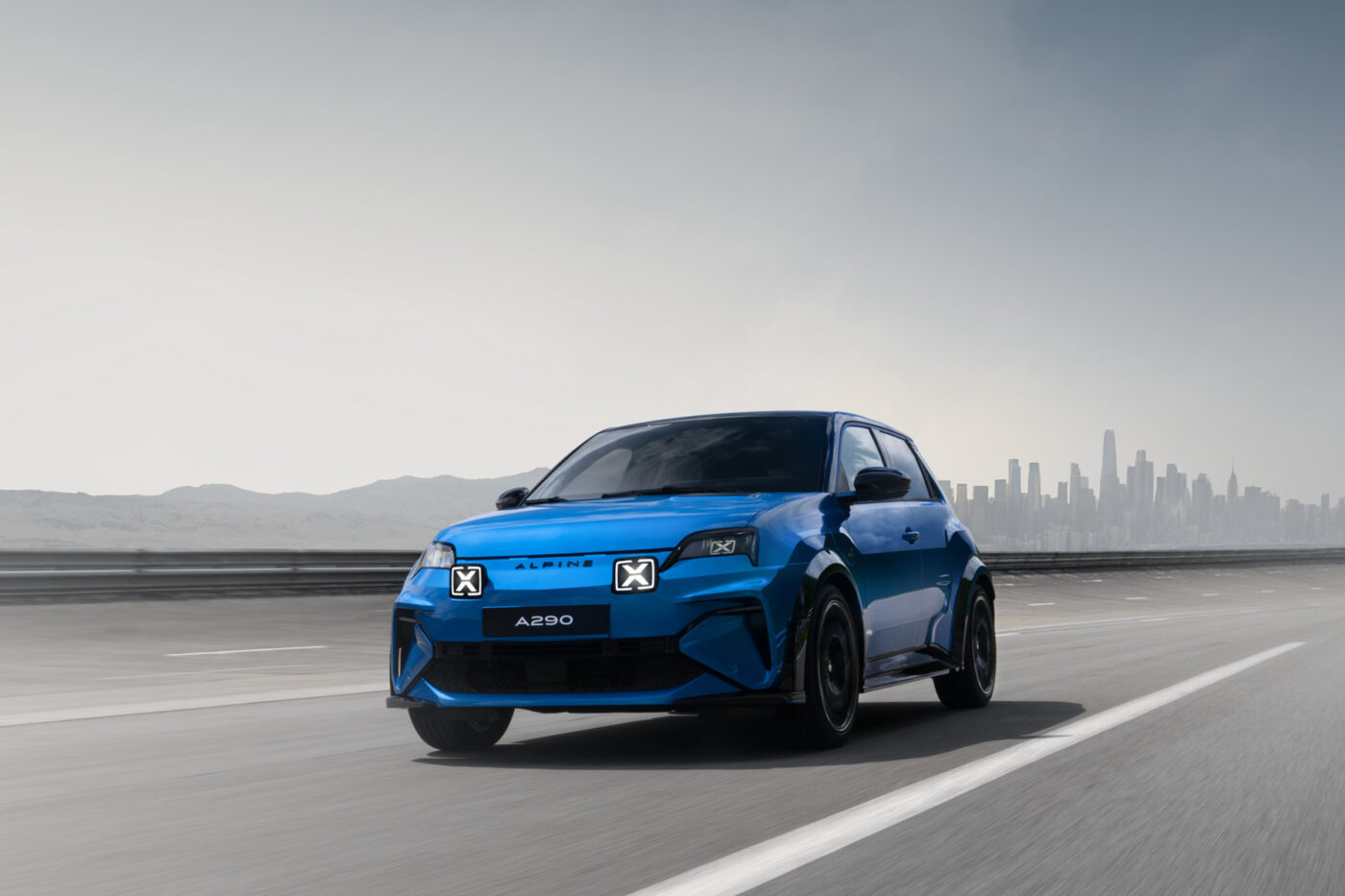
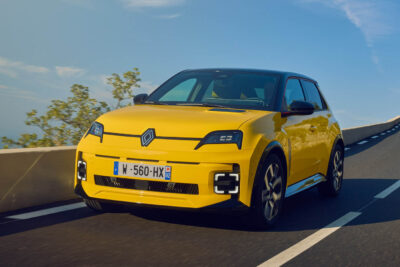
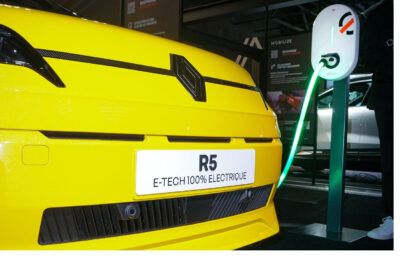
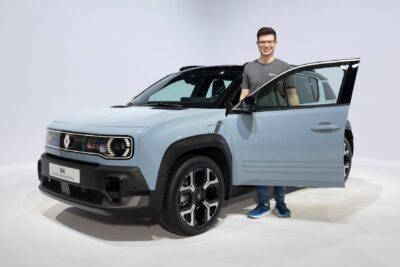
0 Comments